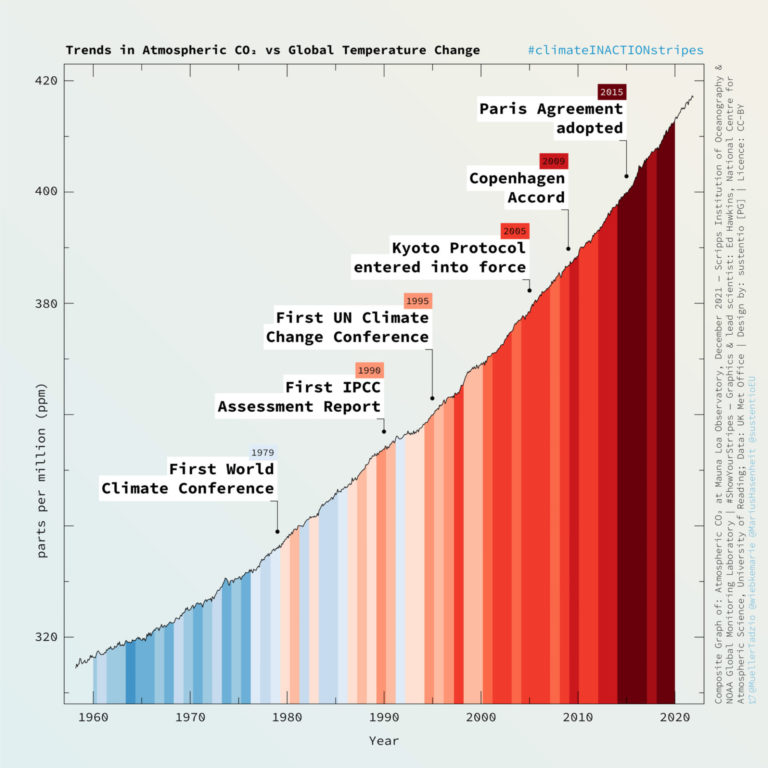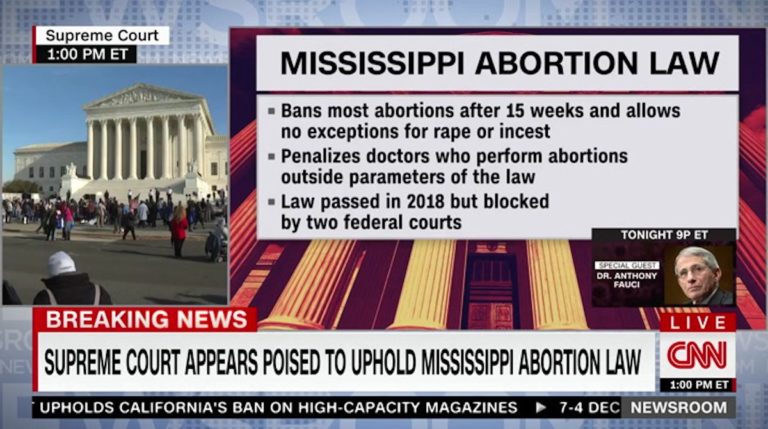

Why does natural diversity disappear? Is it primarily due to environmental toxins? Oil Disasters? Climate changes? No, the most important reason is what is called change of land-use.
The first time I understood that environmentalists are a motley community, was as a 14-year member of Larvik Nature and Youth, in the early 1980s.
We had green field jackets, binoculars around the neck and bird boxes on the luggage tray. For us, it was about preserving the nature and species that live there.
In this youth organization, we met dedicated teenagers from all over the country. Some came from the big city, had leather jackets and boots. Others walked in anorak and smelled of woods and mountains. People were concerned with various issues, but there were two clear main directions: the fight against pollution and the fight against the destruction of nature.
With the establishment of Bellona in 1986, the environmental movement took a major step in one direction. The superheroes Frederic Hauge and Rune Haaland climbed factory pipes and dug poison barrels. Catching butterflies was not as cool anymore

In the 1990s, climate was put on the agenda. The threats of warmer seas and the melting of ice aroused a whole new commitment. What used to be called nature and environmental protection was now only referred to as climate.
In 2002, the ZERO environmental foundation saw the light of day: “We have only one client: the climate issue.” Traditional nature conservation, focusing on waterways, forests and endangered species, was now reduced to a discussion for particularly interested people.
Natural diversity collapses
In 2018, however, something happened: WWF World Natural Fund presented a report (full report)stating that the world’s animal populations had been reduced by 60 percent in just 40 years.
Then came a large scientific study which concluded that the total amount of insects falls by 2.5 percent annually, which may mean that the insects have disappeared completely within 100 years. If the insects disappear, all other life will do the same.
On May 6, 2019, the United Nations Nature Panel stated that never in human history has the species extinction been so rapid. And last fall, the journal Science presented a report that calculated that the number of birds in the United States and Canada has declined by 29 percent in 50 years. In short: Natural diversity collapses! The big question then is: Why does natural diversity disappear? Is it primarily due to environmental toxins? Oil Disasters? Climate changes?
No, the most important reason is what is called change of land-use.
So what does this foggy term mean? Yes, it is about the physical destruction of nature: industrial agriculture and forestry, construction of residential and cabin villages, energy plants, mines, and roads.
It is the sum of all human interventions in nature that cause habitat loss and extinction of other species.
According to miljøstatus.no, 87 percent of Norway’s 2355 endangered species are threatened because their habitats are destroyed. Climate change, on the other hand, threatens only 3.7 percent of the endangered species, while pollution threatens 6.7 percent. Worldwide, the picture looks a little different.
It is important to emphasize that this relationship is likely to change as climate change impacts more strongly. But the main features are the same: It is the sum of all our interventions in nature that displaces the species. Put another way: the result of humanity’s crazy use of resources.
The sum of the many small pieces
Am I trying to tone down the effects of climate change with this text? Absolutely not. My point is to show how the climate case overshadows all other environmental disasters.
One example: Norwegian media subscribes to NTB’s news service, where we journalists can “pick” cases continuously. These are sorted by different themes, including “climate”. There are almost no NTB cases that show that there are other threats to nature.
If you Google the words NRK + climate, you get almost 1.22 million hits. NRK + conservation, on the other hand, gives 44,000 hits. 97 percent climate versus 3 percent nature protection.
Why is it like that? One important reason is that the natural diversity crisis is rarely due to large individual events, but the sum of many small ones: Every time a municipality approves a new cabin area, a forest owner cuts the last remnant of an old natural forest, or a new highway is constructed, something is lost.
This happens little by little, and the “news” is only mentioned in the local newspaper at best.
The arguments of the developers are often the same: “Relax, this is just a tiny little intervention.” But from a ten-year perspective, the destruction is rampant.
The wind power debate is one of several examples.

Illustration photo: Jan Kåre Ness / NTB scanpix
On the one hand stands Techno-Environmentalists, leading politicians and business. As well as the national media, one can add. On the other hand, classic nature preserves and locals stand. As well as the local newspapers. In short: the elite against the grassroots.
From an Oslo perspective, there is little doubt as to what is most important: Some abandoned rock cliffs in places nobody has heard of – or the global climate crisis. Small to large. Important to unimportant.
Perhaps the foremost of the Techno-Environmentalists, ZEROS general manager Marius Holm, repeatedly reiterates that climate is the greatest threat to nature. He does not mention the natural diversity crisis in a word.
My second question: Why is it that while traditional nature conservationists focus on a number of threats, such as nature destruction, climate change and over-consumption of resources, then do the environmentalists only act as if there is one?
Differences in Ideology
Ideologically, there are three features that characterize techno-environmentalists:
- The most important thing to save is the human species.
- If we only find the technology we will solve environmental problems.
- We can continue to use our resources and economic growth as before.
This direction is in stark contrast to what our all-natural father, Arne Næss (1912–2009), called deep ecology. While shallow ecology is based on continued growth and technology, deep ecology relates to the whole. It is based on the fact that all life on earth has a value in itself, and that “everything is connected with everything”. Another of Ness’ mantras was that the focus must be on increased quality of life, not increased material growth.
The whole premise of the government’s “green shift” is the belief that technology should save us. But what good is it to change some rotten boards in the hull, if we steer the whole ship towards a crash? Continuing the protection of techno-environmentalism in the same vein, I’m afraid the effort will end up as only greenwashing.
Translated by Bergensia from original published in Norwegian Newspaper Aftenposten Januar 6. 2020




36 Comments
Pingback: The Green Scam - Bergensia
Pingback: bonanza178
Pingback: check my blog
Pingback: 주식선물
Pingback: togelbet168
Pingback: situs toto
Pingback: Vote green for nature; we do not need more energy - Bergensia
Pingback: poker-info.net
Pingback: รับออกแบบอาคาร
Pingback: สถิติ หวยย้อนหลังปี 66
Pingback: pgslot
Pingback: Smooth Jazz Music
Pingback: casino
Pingback: https://hubbard.com/wp-content/uploads/2019/04/index.html
Pingback: วิธีการแก้ไข เข้า LSM99 ไม่ได้ จะต้องทำอย่างไร
Pingback: magic mushroom texas
Pingback: ชอบหีสวย.com
Pingback: אחסון אתרים וורדפרס
Pingback: บุหรี่นอกเก็บเงินปลายทาง
Pingback: fake news
Pingback: เช่ารถตู้พร้อมคนขับ
Pingback: โคมไฟ
Pingback: bk88
Pingback: marbo 9000 puff
Pingback: เว็บรวมเกมสล็อต
Pingback: รับจัดงานอีเว้นท์
Pingback: LSM99 โปรโมชั่นหวยจัดเต็ม
Pingback: เกมส์อีเว้นท์
Pingback: เครดิต ฟรี 50 ยืนยัน เบอร์ 2024 โปรงแรง
Pingback: Darknet Market
Pingback: cam sites discounts
Pingback: pgslot
Pingback: ของเล่นสนาม
Pingback: dark168
Pingback: เอเจนซี่ศัลยกรรมจีน
Pingback: ปริ้นแผ่นพับ